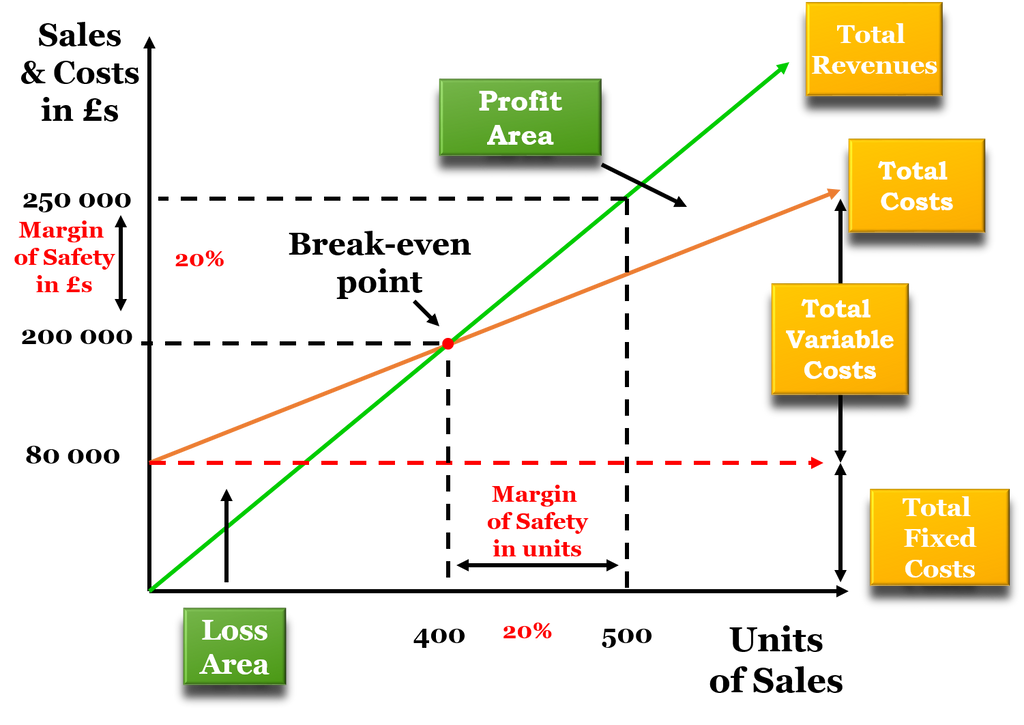To manage these risks, nonprofits should conduct regular risk assessments, develop a risk management plan, and engage all levels of the organization in risk mitigation practices. Funds with a longer-term horizon such as endowments, board restricted reserves, capital campaign funds, and other restricted funds are often invested so that they can grow while they are not being used. I enjoy putting together research and real-life into concise, journalistic https://greatercollinwood.org/main-benefits-of-accounting-services-for-nonprofit-organizations/ reporting efforts that benefit small to medium-size nonprofits and ministries. Marrying an eclectic interest in how things work with other market experience to create a cross pollination of solutions and ideas is a joy for me.
- The current ratio assesses a nonprofit’s ability to meet short-term obligations with short-term assets.
- The ultimate guide to selecting the best accounting and financial management software for your nonprofit.
- By understanding the organization’s assets, liabilities, and net assets, stakeholders can evaluate its ability to fulfill its mission and sustain its operations.
- By meticulously preparing these financial statements and complying with IRS reporting requirements, nonprofits not only uphold legal standards but also foster transparency and trust among stakeholders.
- It’s also the mandatory method for nonprofits that must adhere to Generally Accepted Accounting Principles (GAAP), such as those dependent on federal grants or those undergoing an audit.
Reporting Requirements
On the Statement of Financial Position, your assets break down into current assets, fixed assets, and other assets. You want to make sure that your financial position statement is a genuinely useful tool that delivers actionable insights into your organization’s sustainability, accountability, and current financial stability. A truthful balance sheet depends on the correct allocation of restricted versus unrestricted funds, considering both the timing and purpose of each type.
How is a Nonprofit’s Balance Sheet Different?
- Whether you’re a director, volunteer, or board member, you probably didn’t get into nonprofit work for the pleasure of reconciling bank accounts.
- And it doesn’t mean that all of the activities your nonprofit spends money on aren’t taxable.
- Accordingly, the governing board could better use its members’ time discussing strategic matters affecting the future of the organization rather than past financial results.
- While this calculation is fairly straightforward, determining and applying insights about your net assets to your nonprofit’s unique situation can be challenging.
- SFAS No. 57, Related Party Disclosures, defines the term “affiliate” as a party that, directly or indirectly, controls, is controlled by, or is under common control by an entity.
Following the entities respective approvals of the merger, the merger documents, called “Articles of Merger,” are typically filed with the state’s corporate record keeper – usually the Secretary of State. Understand the process for a non-profit in financial distress, exploring how the legal system balances creditor obligations with protecting its public mission. If an IRS examiner determines that a sale of property involved self-dealing, as with excess benefits, the IRS will require that the sale be reversed and may impose a variety of sanctions. Again, it is possible in dire cases for the organization to lose its tax-exempt status. The examiner may also determine the “amount involved” — the monetary amount at issue — and then tax the disqualified person involved in the sale, for 10 percent of that amount, or 200 percent if he does not promptly undo the transaction. In addition, any organization manager who participated in the sale may be taxed 5 percent of that benefit if he was aware of the self-dealing.
Importance of Skilled CPAs in the Nonprofit Sector
Net assets were formerly presented as unrestricted, temporarily restricted, or permanently restricted. Organizations should track the financial transactions related to all donor restricted gifts in the accounting records to determine the status of the organization’s use of the gift and for reporting purposes. The “days cash on hand” ratio measures the number of days of expenses that could be paid from existing cash and cash equivalents. Depreciation is removed from total expenses (denominator) since it does not require a cash outlay. The “months of spending” ratio represents a longer planning horizon since it assumes receivables can be collected to sustain operations. Because the ratio removes current liabilities and donor-restricted resources from the numerator, it closely parallels the liquidity management disclosures that are now required of notfor-profit organizations.
- Leaders considering one of these options should discern which transaction structure, both in short-term and long-term impact on the disappearing and surviving entities, best advances its charitable mission.
- Effective management of net assets thus not only supports day-to-day operations but also empowers nonprofits to seize opportunities for growth and increased impact.
- Sharing how your nonprofit’s financial status has changed gives board members, donors, and foundations a better overview of the health of your nonprofit.
- These assets are often considered outside the bankruptcy estate and must be handled according to the donor’s wishes.
- Most nonprofits elect some kind of treasurer or financial officer to manage all of the organization’s finances.
- This section outlines the accounting methods used for tracking different categories of net assets and emphasizes the importance of meticulous record-keeping and reporting.
Of the $4,000 accounted for as agent, trustee, or intermediary transactions, the organization distributes $3,600 to specified beneficiaries and retains $400 as its administrative fees. The way to inform the IRS of the organization’s dissolution is by filing the organization’s final IRS Form 990 (and 990-T if applicable). Form 990-N filers should file a final 990-N for the most recently completed fiscal year. This is the part of the tax code that concerns charities, nonprofits, and religious organizations that are exempt from paying federal taxes to the IRS. Most nonprofits elect some kind of treasurer or financial officer to manage all of the organization’s finances.
How Donors Affect Unrestricted Funds
In this case, the organization had undertaken a capital campaign in Year 1, resulting in high cash balances, which were expended for long-term assets in Year 2. The presentation of five years of ratios provides a context for unusual amounts; presentation of only two years of ratios (Years 1 and 2) would likely leave the governing board uncertain about which year was abnormal. The “contributions & grants” ratio indicates the organization’s reliance on external support. Very high values indicate the absence of a diverse revenue stream and a funding model that depends upon donations and grants.
Statement of financial position
Accordingly, the governing board could better use its members’ time discussing strategic matters affecting the accounting services for nonprofit organizations future of the organization rather than past financial results. Thousands of CPAs work in the not-for-profit sector, and thousands more volunteer as members of the governing boards of not-for-profit organizations. There is little in the academic background or experience of many accountants, however, to prepare them to analyze and evaluate not-for-profits.
Other Formats
Unlike for-profit businesses that aim to maximize profits for their shareholders, nonprofits focus on fulfilling their mission. However, this does not diminish the importance of financial management within these organizations. Effective financial management is essential not only for maintaining operational viability but also for ensuring that the organization can continue to serve its community effectively and sustainably. Sound financial practices help nonprofits maximize their resources, maintain transparency and accountability, and gain the trust of donors, volunteers, and the communities they serve. Solvency ratios provide insights into a nonprofit’s long-term financial stability and ability to meet long-term obligations. The debt-to-equity ratio, calculated by dividing total liabilities by total net assets, is a key solvency measure.






